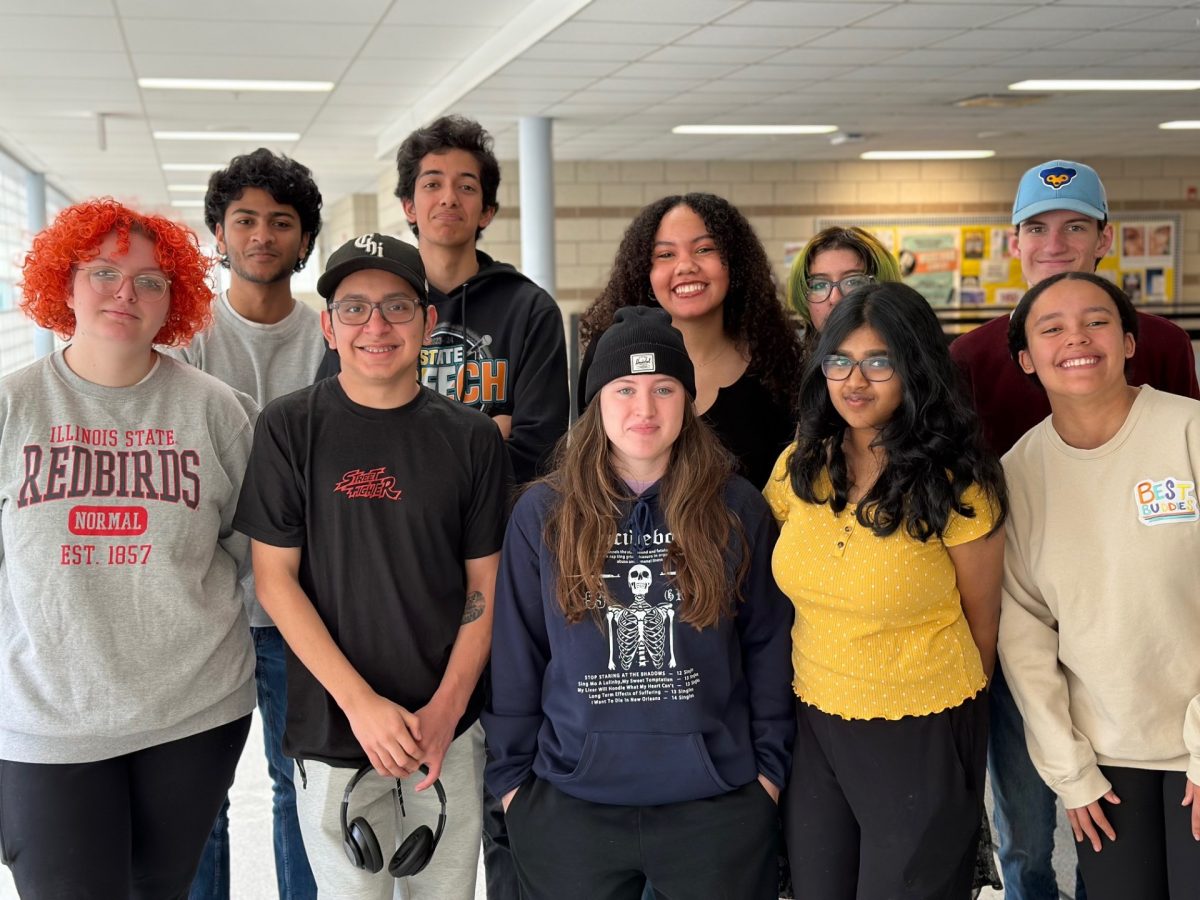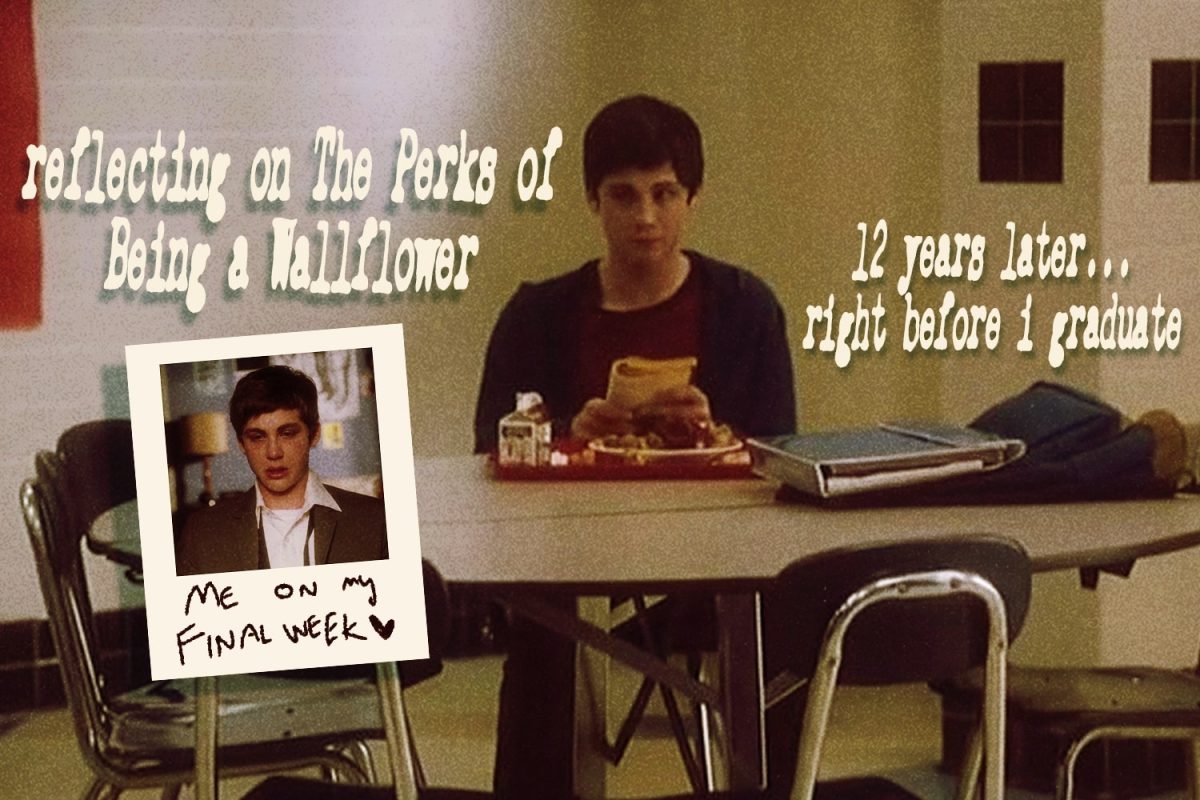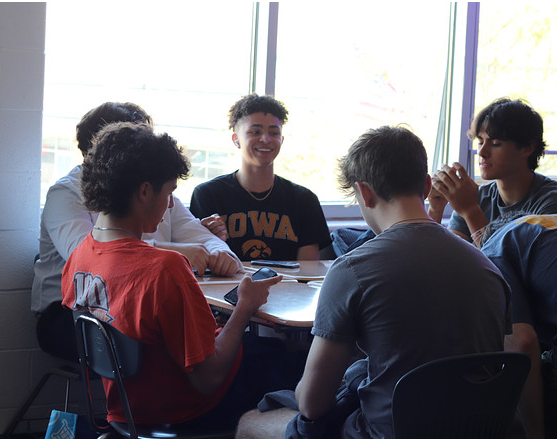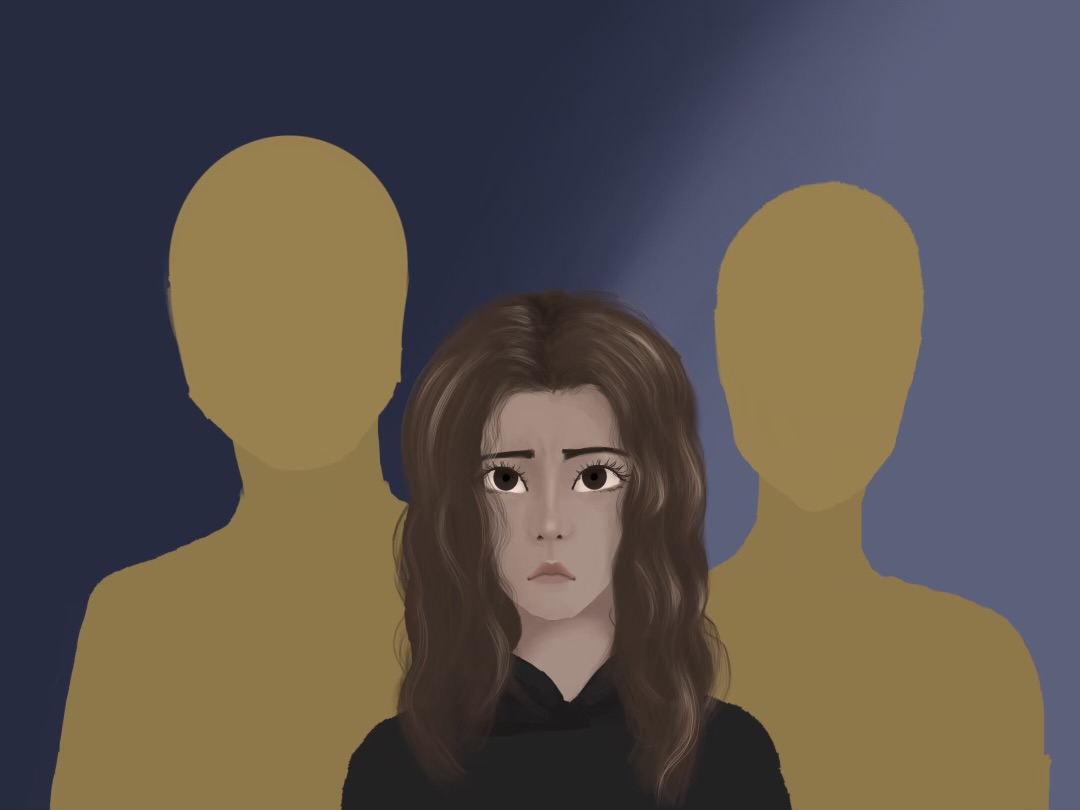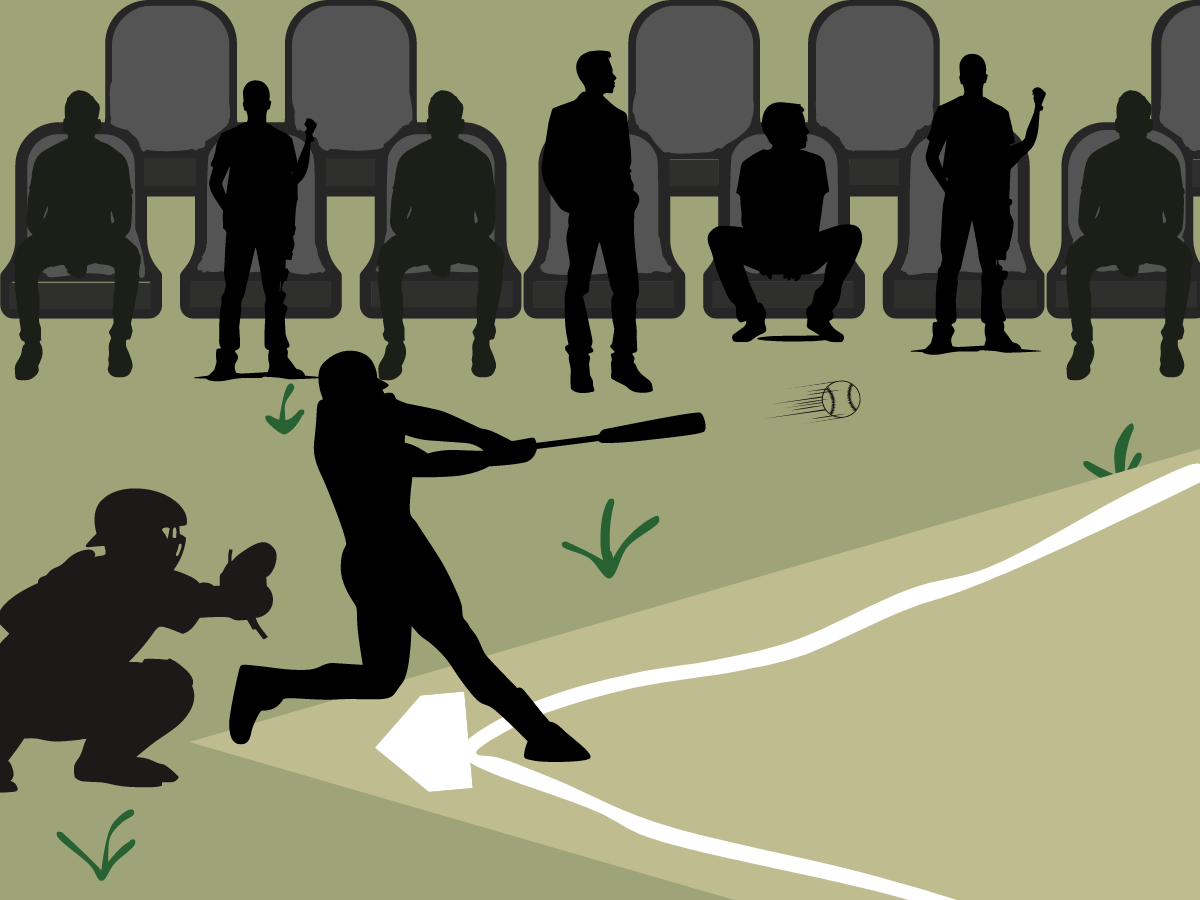
As I walked through the forest, I heard birds chirping, I saw the sun through the trees, and I felt at peace.
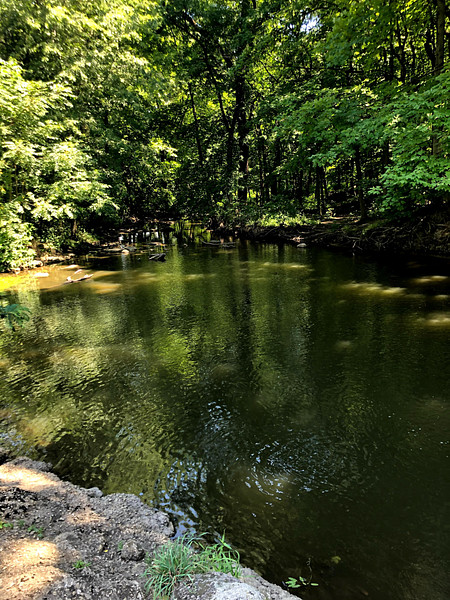
I wonder why someone might have different experiences in nature.
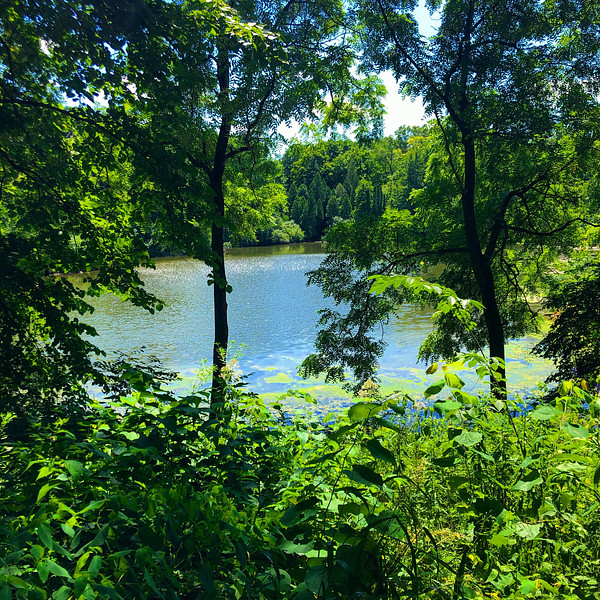
Time with nature is a stress reliever, every child and adolescent should have this basic right in life. Therefore, every student should be required to have a class that spends time in nature.
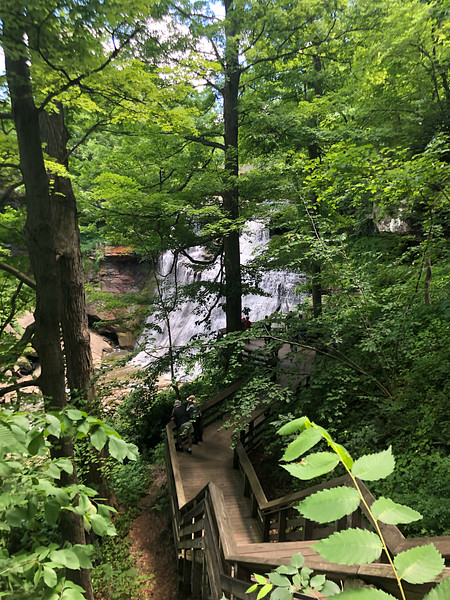
According to the National Laboratory of Medicine Nature has many beneficial impacts including “improved cognitive function, brain activity, blood pressure, mental health, physical activity, and sleep” (National Laboratory of Science)
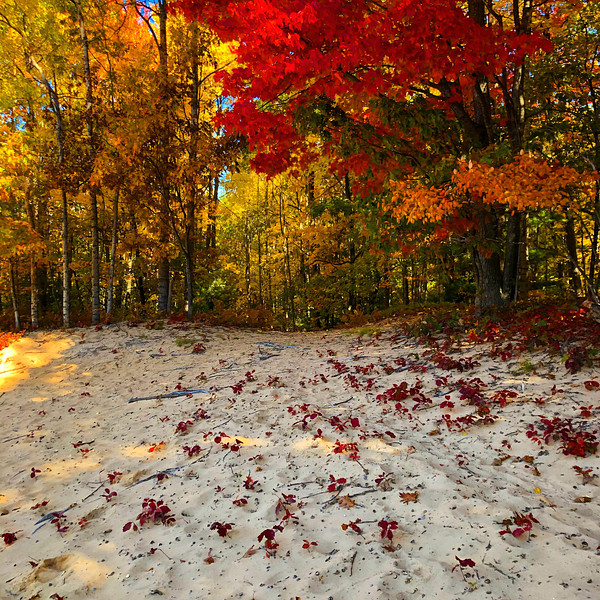
Furthermore, there are many other benefits including “Reduction of stress and increase of social engagement, while mitigating harmful environmental exposures (e.g. air pollution, noise, heat).”
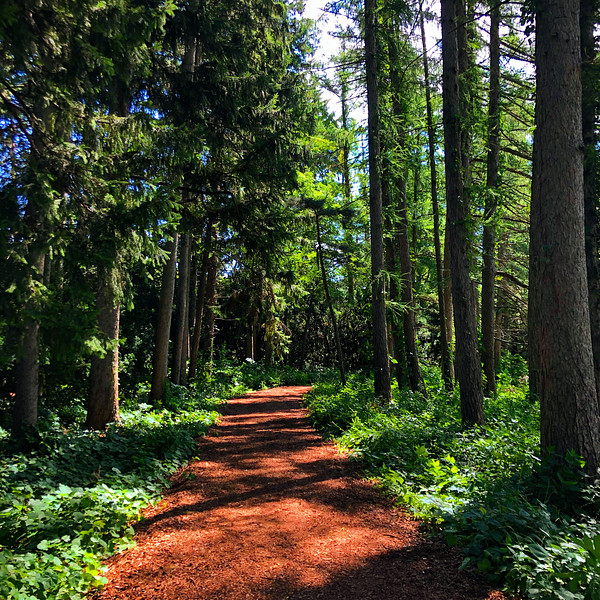
Studies have shown that spending time in nature is very beneficial. Even taking a moment to breathe some fresh air and walk can do wonders for one’s health.
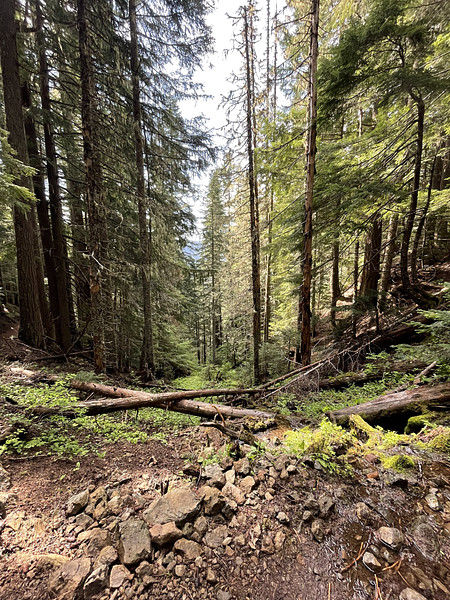
One Remarkable theory from Richard Louv is called Nature Deficit Disorder, in which he implies that health has a direct link to the lack of time spent in nature.
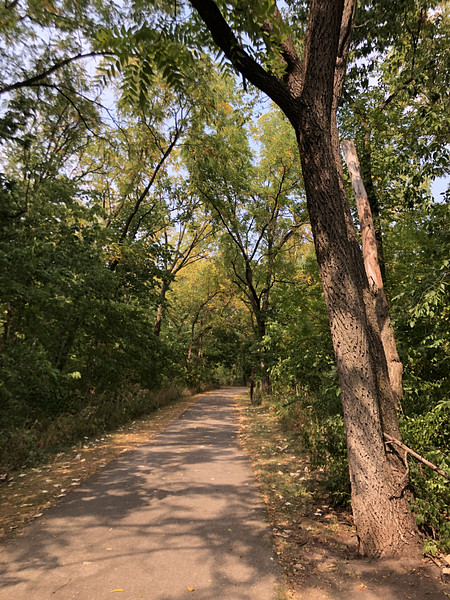
According to his biography, “He believes society is teaching to avoid direct exposure to nature…”
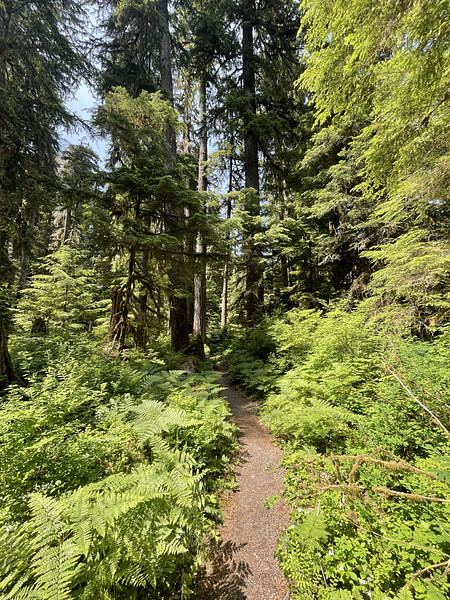
…which as a result of “Our institutions, Urban/suburban design, and cultural attitudes unconscionably associate nature with doom while disassociating the outdoors from joy & solitude…”
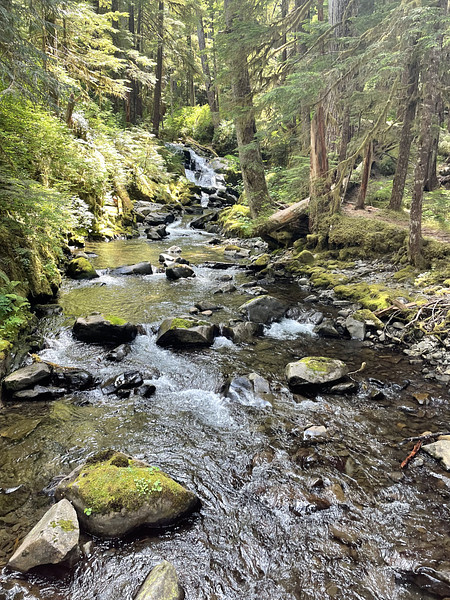
…which ties to how the problems of health are ingrained into our society and why we need to break them.
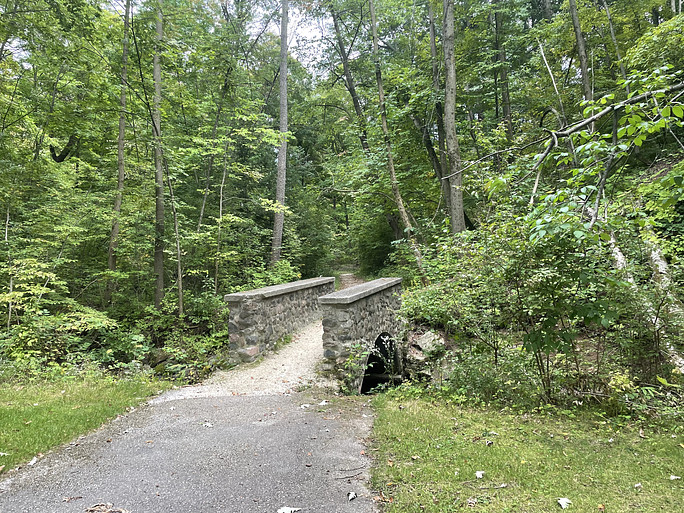
According to the New York Times, “Rich Americans enjoy almost 50% more greenery in their environment compared to lower income Communities” while “lower-income communities and communities of color are more often live in neighborhoods with a higher share off concrete surfaces such as roads, buildings and parking lots, and a very limited number of trees and parks.”
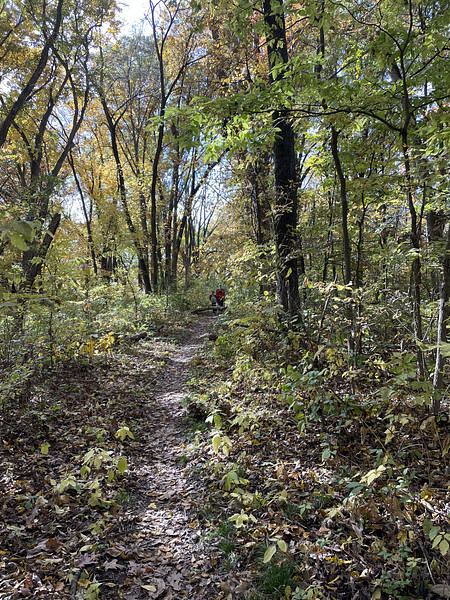
This shows how there is an inequality on who gets nature in their communities on the basis of discrimination and classism. This is drastically important because nature needs to be accessible to everyone.
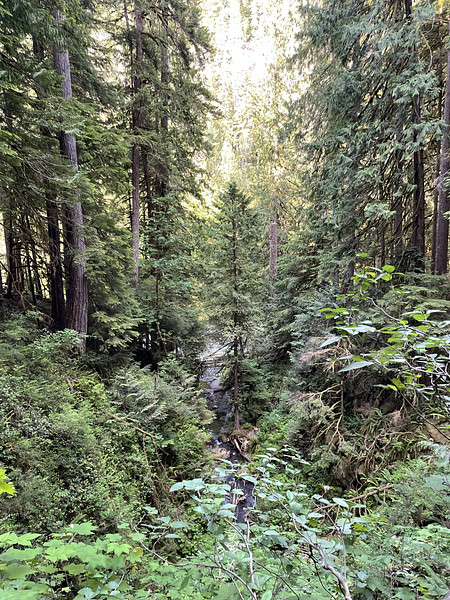
Therefore, schools should use nature as a class to bridge that inequity gap and provide a service that would improve children’s and adolescents’ lives for the better.

